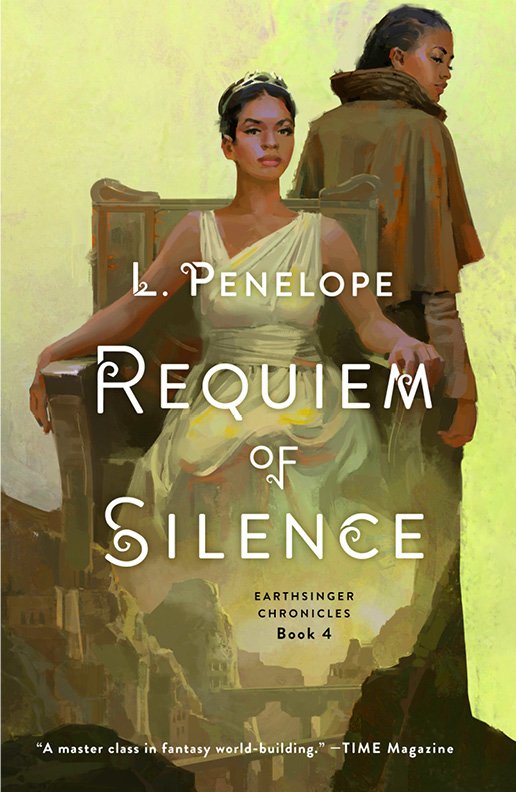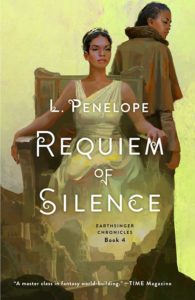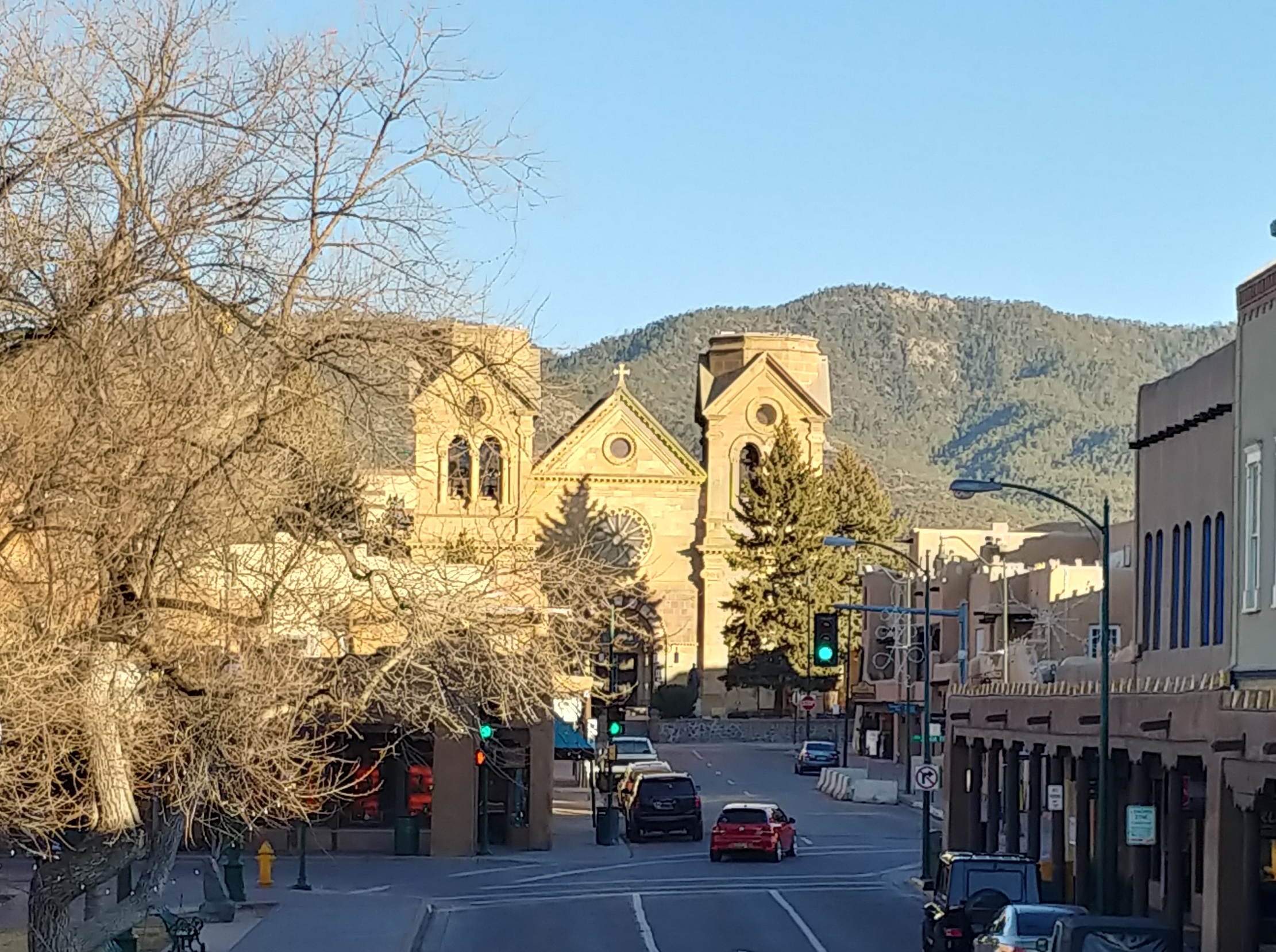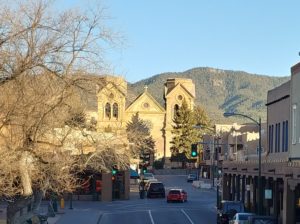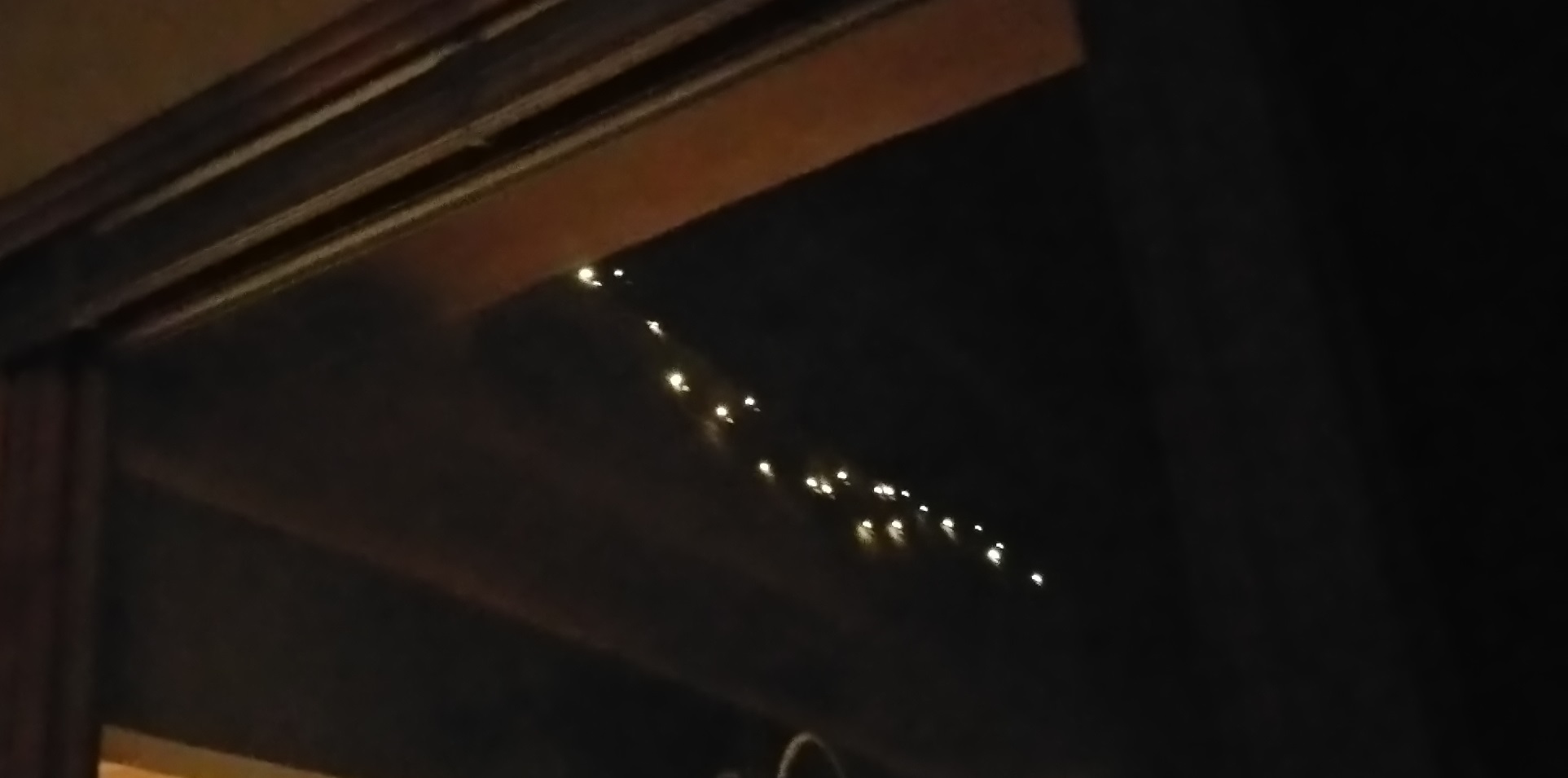On having shining boundaries to protect your sacred, creative spaces, even if it makes people angry, which it will. Also, gardening as an extended analogy for writing, how we keep learning and recreating.
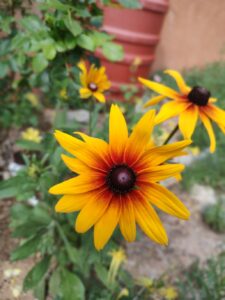
RITA ® Award-Winning Author of Fantasy Romance
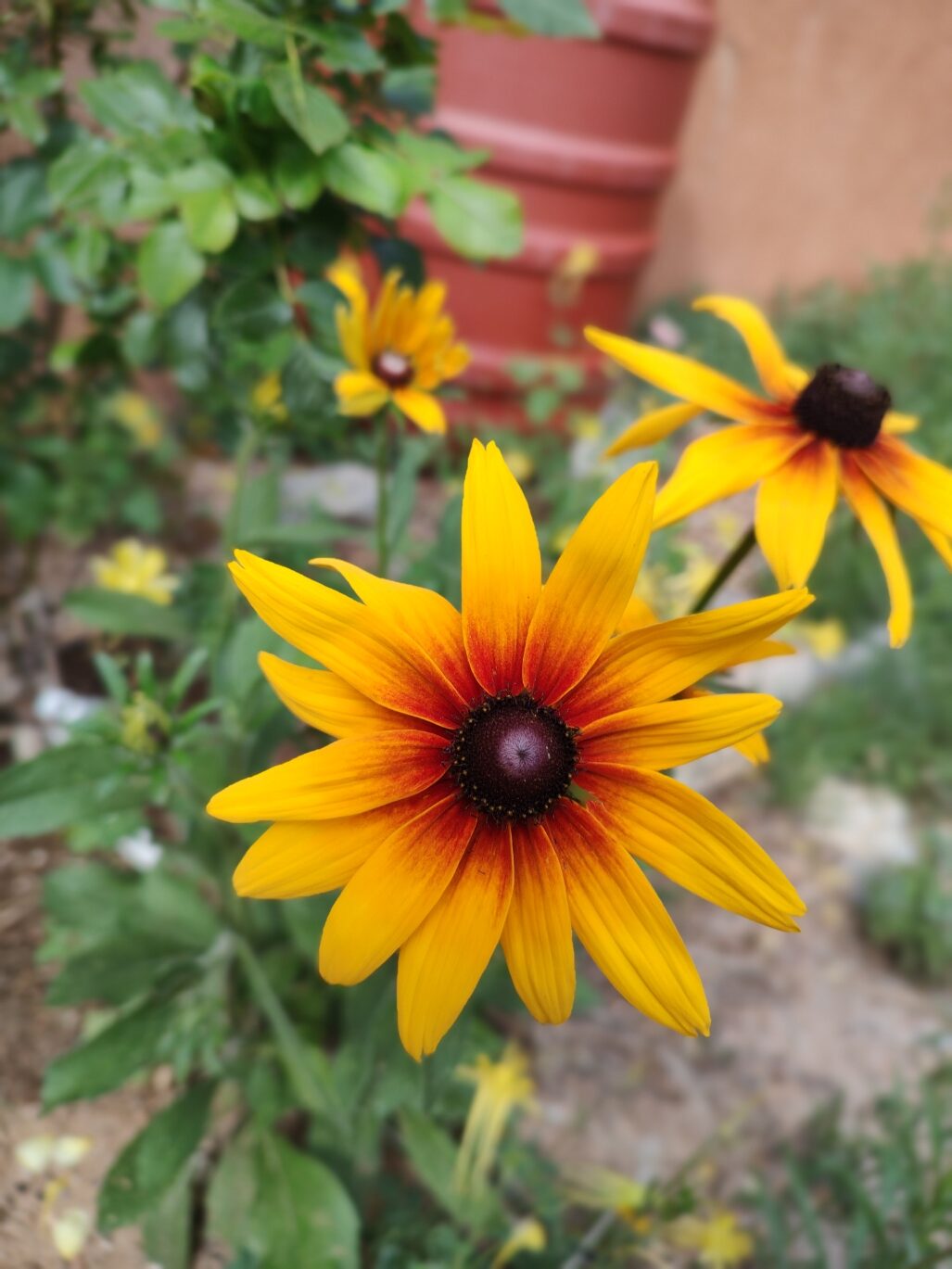
On having shining boundaries to protect your sacred, creative spaces, even if it makes people angry, which it will. Also, gardening as an extended analogy for writing, how we keep learning and recreating.

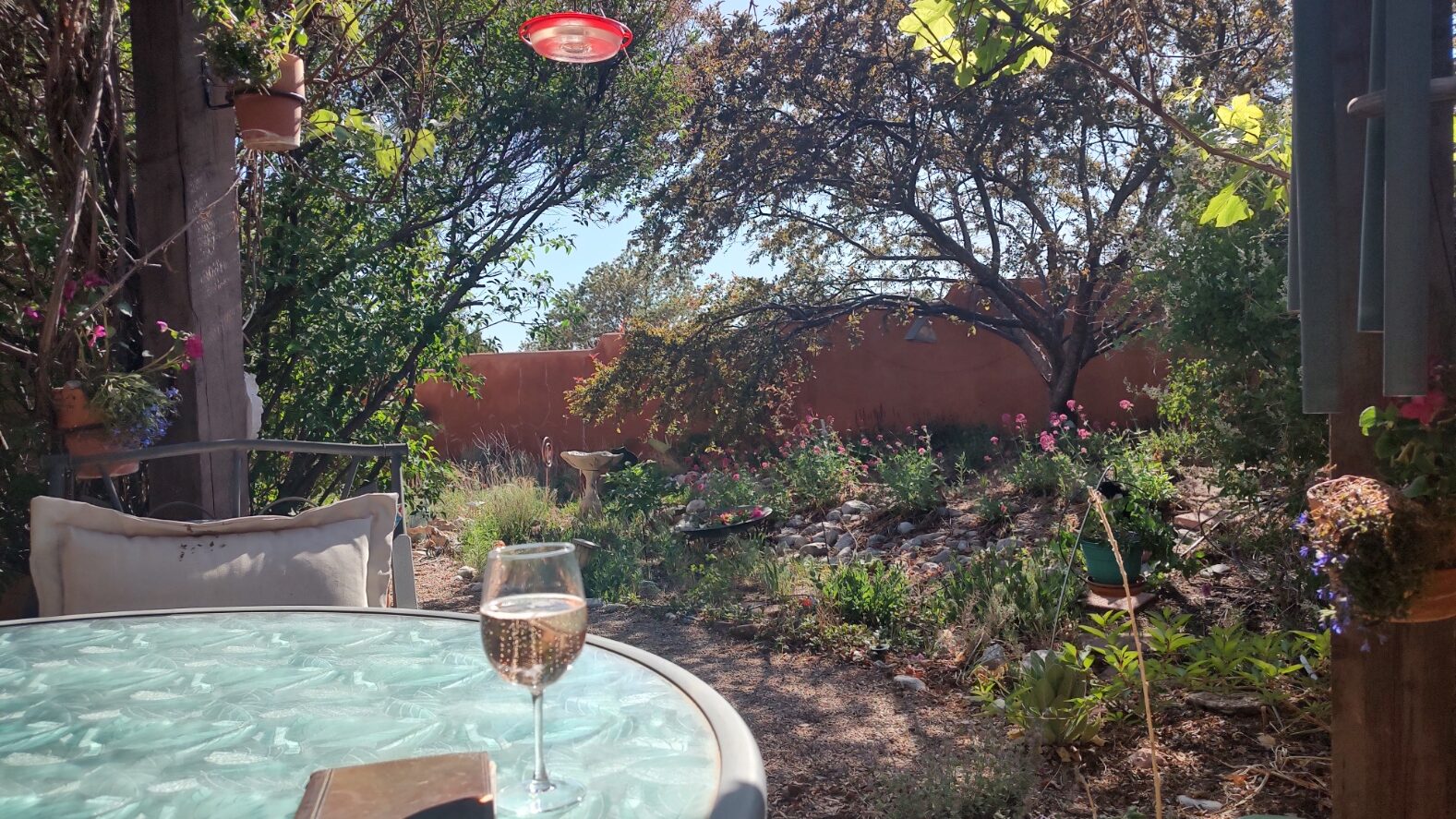
Happy 10th Anniversary to THE MARK OF THE TALA! I’m talking about why that was a milestone book for me and the journey from crack ho to the rise of #Romantasy. Also being an intuitive writer and how that impacts my process, especially revision. And balancing a traditional publishing career with an indie one.
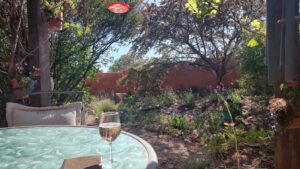
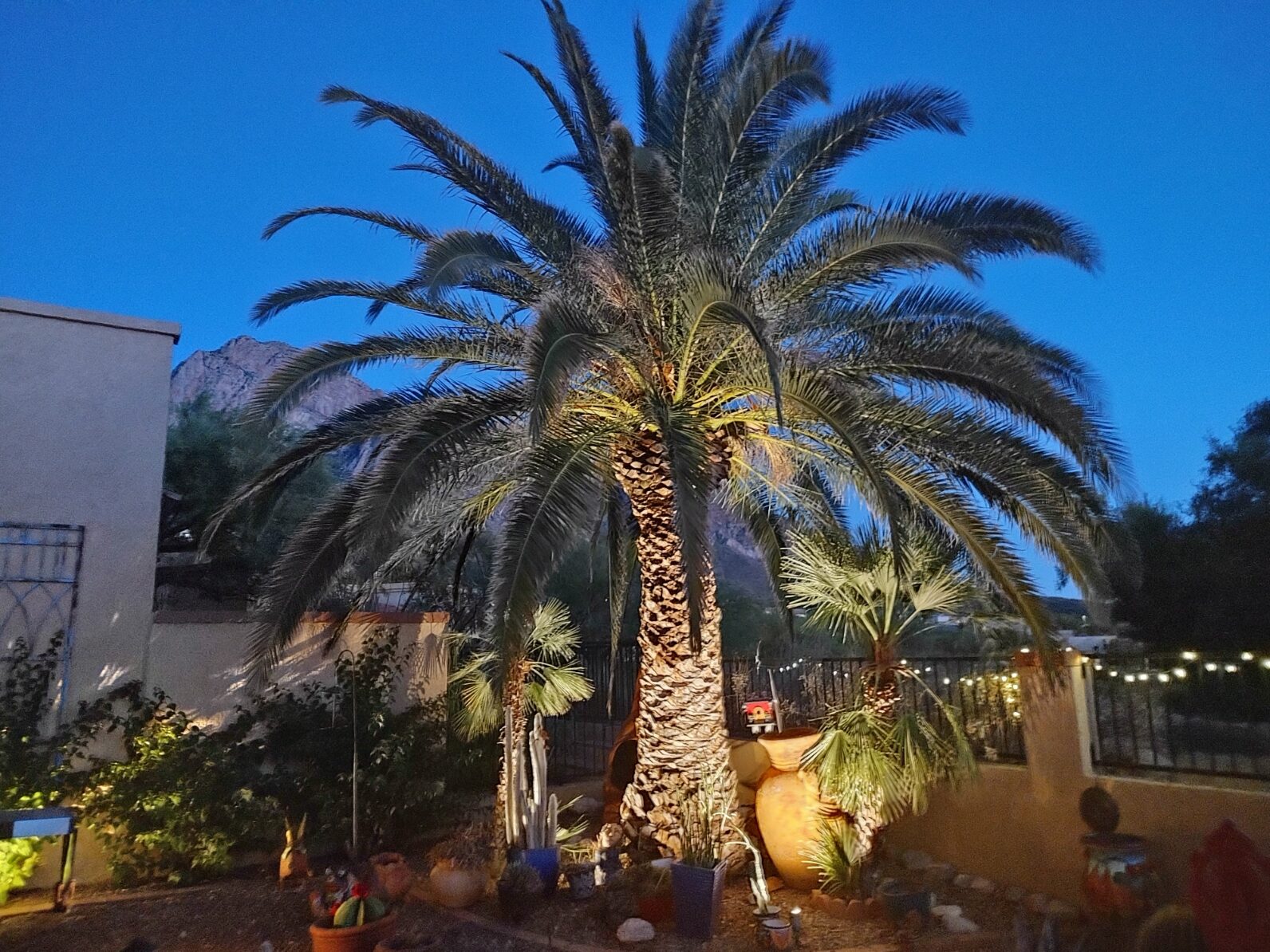
I’m filling you all in on my editorial meeting with my Tor editors and my agent and, as requested, explaining what it’s like to discuss an upcoming contracted book with only an amorphous idea, as I don’t/can’t outline ahead.
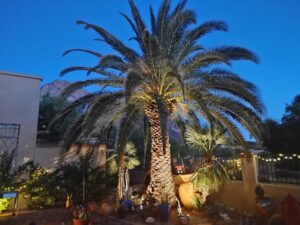

The TWISTED MAGIC audiobook is live! Also sharing a call for authors influenced by Tanith Lee. And why I think classes teaching “plotting for pantsers” are damaging to intuitive writers, and other thoughts on process.

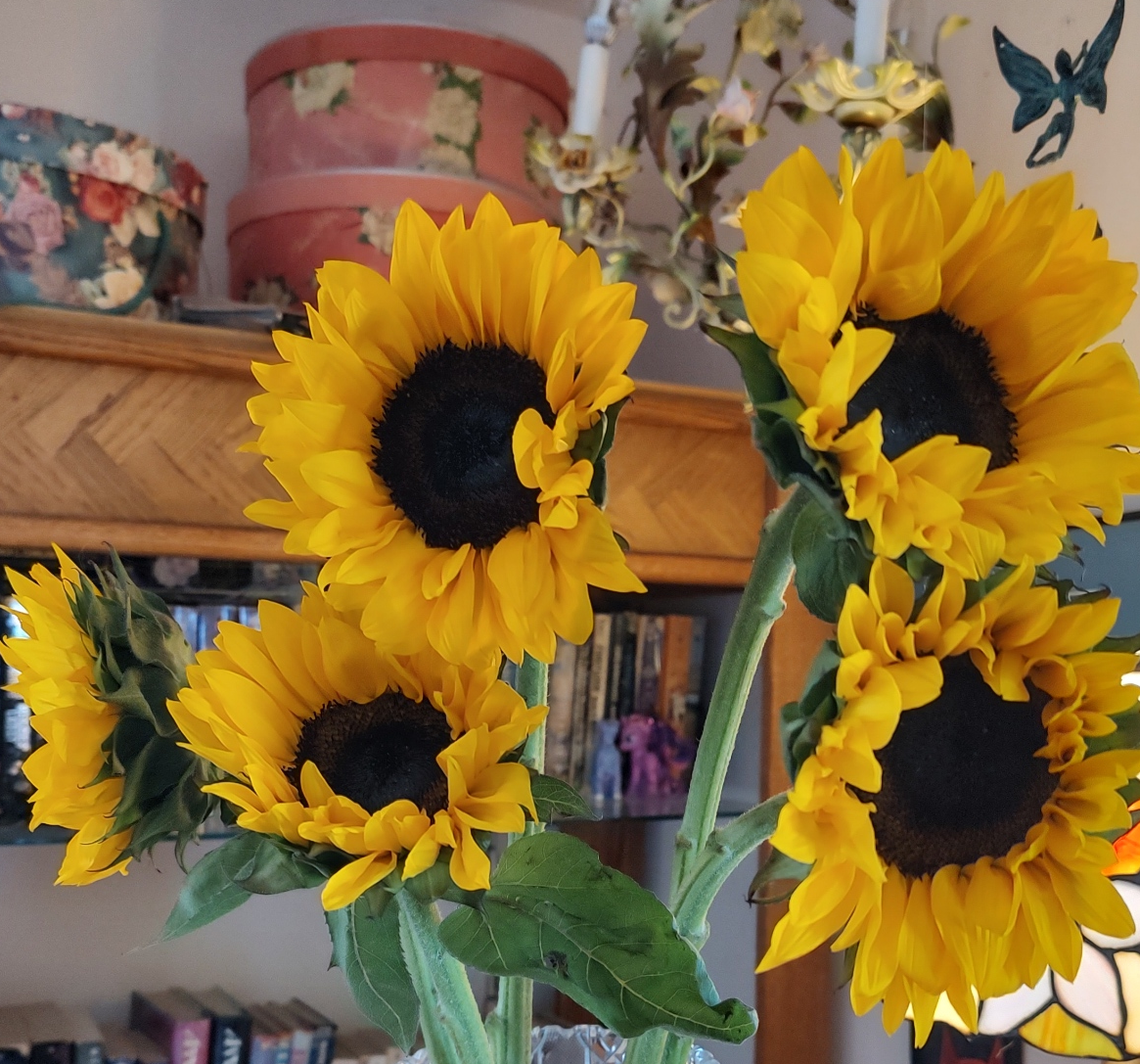
Great week for me! Talking about being up front with my new editor on how I *can’t* write an outline, a bit about knife-throwing and learning to relish failure as much as success, and the monsoon rains of autumn.
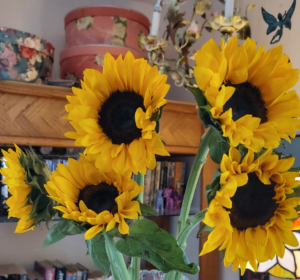
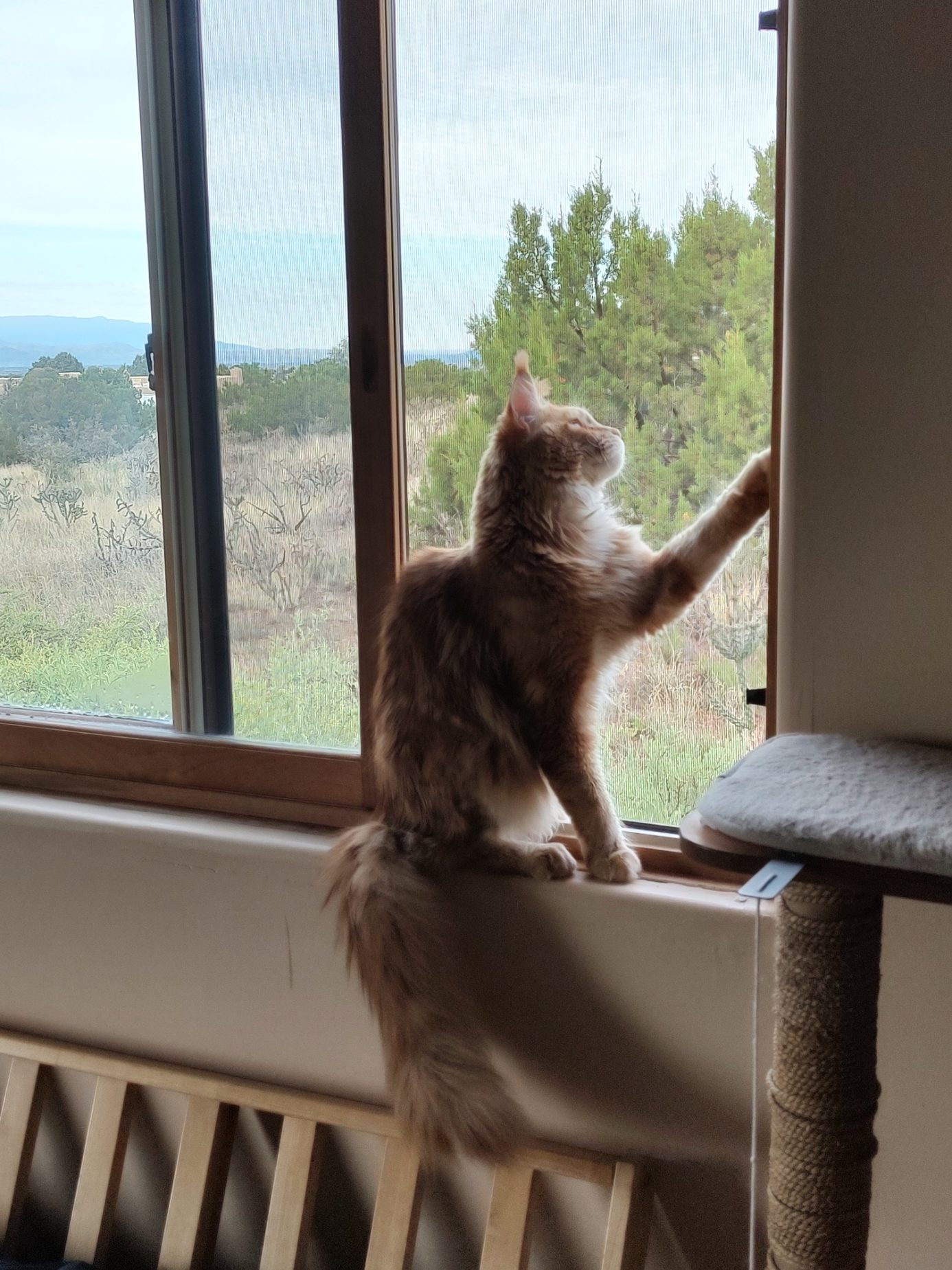
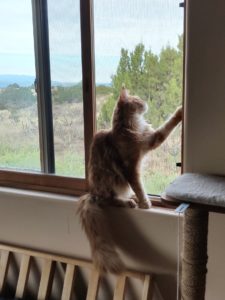
This week at the SFF Seven, we’re talking about Managing Word Count. Do we rewrite to hit a certain number? Do we have a chapter/scene word allotment?
So, a lot of you know that one of my nicknames is the Meticulous Volcano. This comes from me being born on the Leo/Virgo cusp, which a friend informed me makes me a meticulous volcano and they’re not wrong. I really am half and half – and this shows up in many ways. Yes, I have the passionate Leo nature, but I’m also the detail-oriented lover of spreadsheets. In my writing, this manifests in my total, far-end gardener/pantser/write for discovery process, which I track down to the tiniest detail, with charts.
Do I have a chapter/scene word allotment? Yes, I do. It varies from book to book – something I land on intuitively – with some books and series running to longer chapters and some to shorter. The shortest chapters, which creates a brisker pace, are generally about 6-7 pages long, or about 1,700 words. Longer chapters give a more epic feel, a more luxurious pace, and can be as long as 23 pages (my record) and about 7K words long. On average, however, I keep longer chapters to around 16 pages or 4,500 words.
For scenes, I follow the 3-Act 8-scene structure, which looks like this:
| Act 1 | Scene 1 | 12.5% | Initial set-up, establishing shot, life before | |
| Act 1 climax | Scene 2 | 25.0% | All stakes are set | |
| Act 2 | Scene 3 | 37.5% | ||
| Midpoint | Scene 4 | 50.0% | Midpoint pivot | |
| Scene 5 | 62.5% | |||
| Act 2 climax | Scene 6 | 75.0% | All is lost | |
| Scene 7 | 87.5% | often the same as Act III climax | ||
| Act 3 climax | 90.0% | Final climax | ||
| Scene 8 | 100.0% | Denouement, life after | ||
Mostly I use this structure as a series of guideposts, to know where I am as I write the book, which is always linear, from beginning to end. And this helps me to predict when I’ll finish. Once I have Scene 1 complete, I can predict the final word count (8 times the word count of Scene 1). This number is solidified once I have Act 1 in place. Generally my books are 85K – 120K words long, so how long the individual segments are varies from about 11K to 15K words.
In truth, “segment” is probably a better word than “scene,” as applies to my novels. This structure is from screenwriting, so scenes can be more or less a single sequence. For me, a scene in this context is a contiguous segment of the story, one where a particular mini-arc is begun and completed.
As for rewriting to tighten the shape? Sometimes I do that. Usually not. I often worry that some segment will bulge out and need trimming, but it usually is fine by the end. Sometimes I break up chapters or trim parts that go on too long. Mostly I let the numbers be a loose guideline and I decided intuitively how to edit.
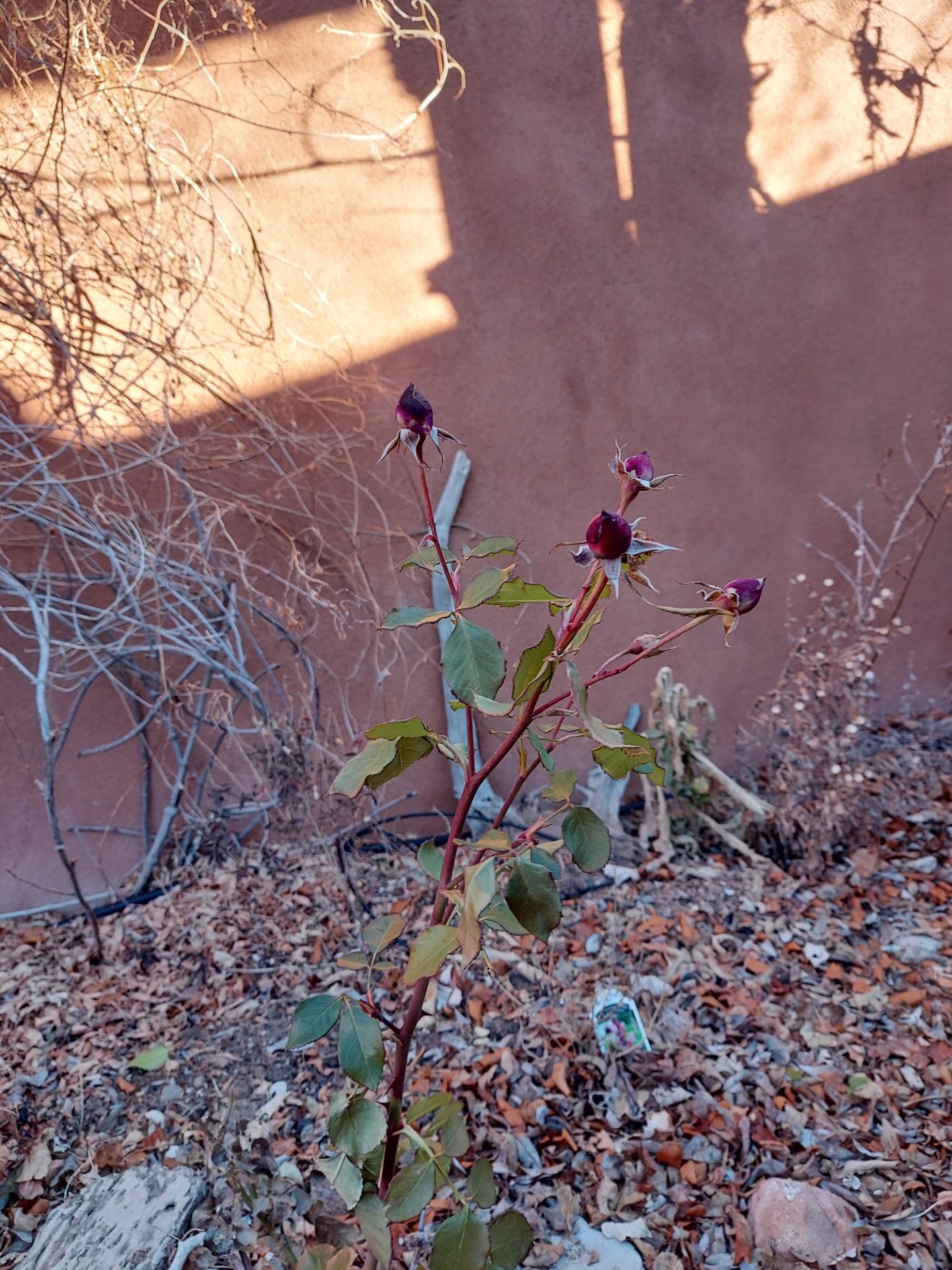
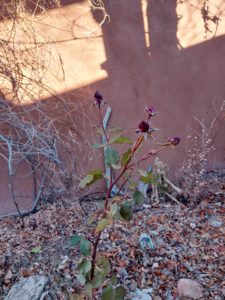
Our topic this week at the SFF Seven is, verbatim, On Your Mind (Winter).
So, I’m posting a photo I took this morning from the winter garden. We’ve had a mild winter, and the secret garden is walled and makes a protected microclimate, so I actually have a winter garden.
Some of you may know that I love to garden. I mention it in interviews when I’m asked what I do that isn’t reading or writing. Gardening is a big piece. It sounds like a small thing when I say it, but nurturing a garden, planning it, spending time in it, all shape how I live.
I became interested in the concept of a winter garden back when I lived in Wyoming and winters were so very bleak. The idea is to plan a garden with the entire season in mind. It’s easier to envision the spring flowers, the midsummer lushness, adding in the plants that bloom in the autumn, but thinking toward the largely leafless winter is a different kind of vision. What plants bring visual interest in their starker, hibernating states? What offers spots of color in a more monochromatic landscape?
Part of the trick is loving the winter garden for what it is, not trying to replicate the garden of warmer seasons.
I think this is a metaphor for a great deal in our lives, as gardens tend to be.
